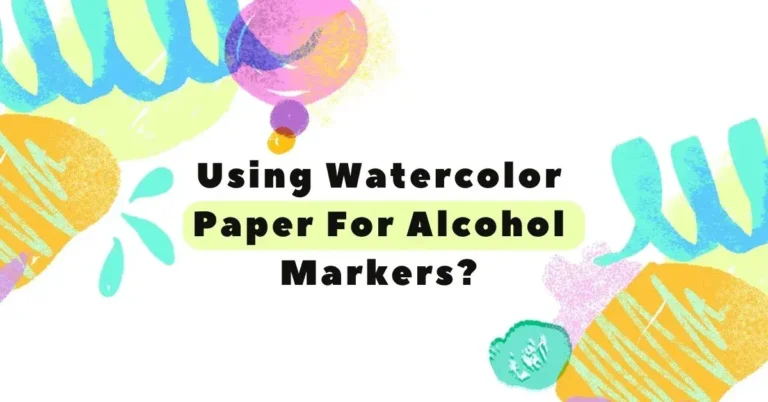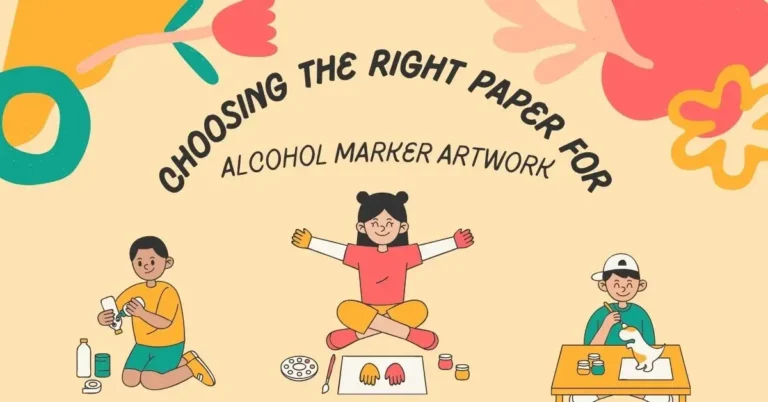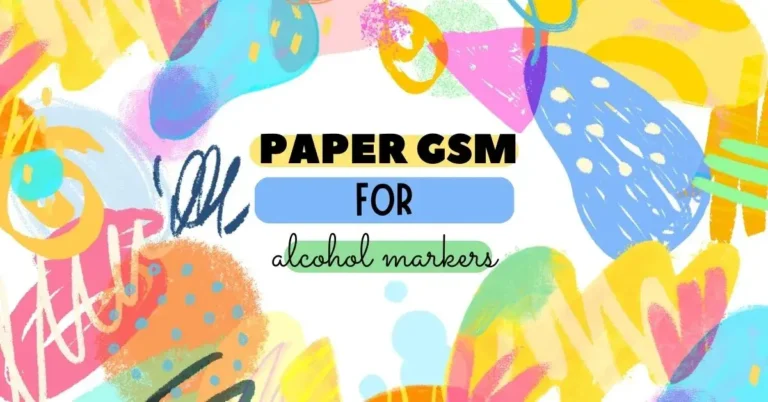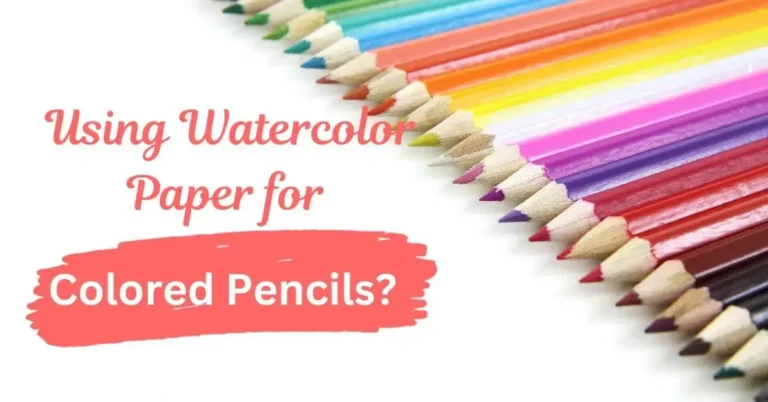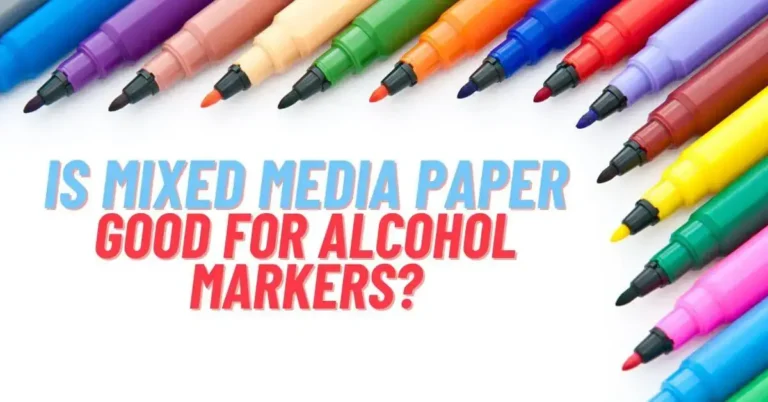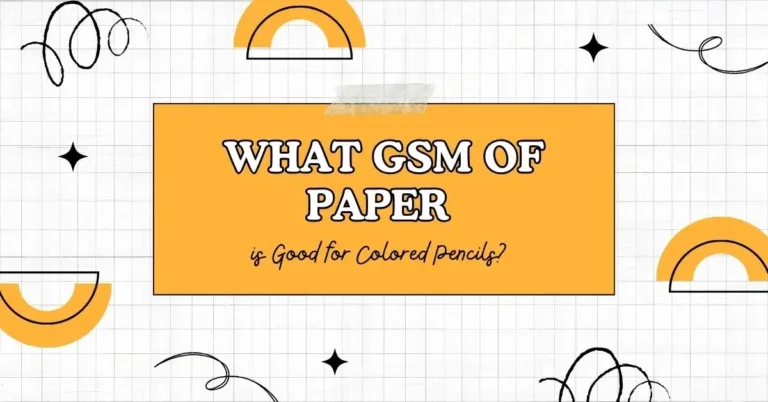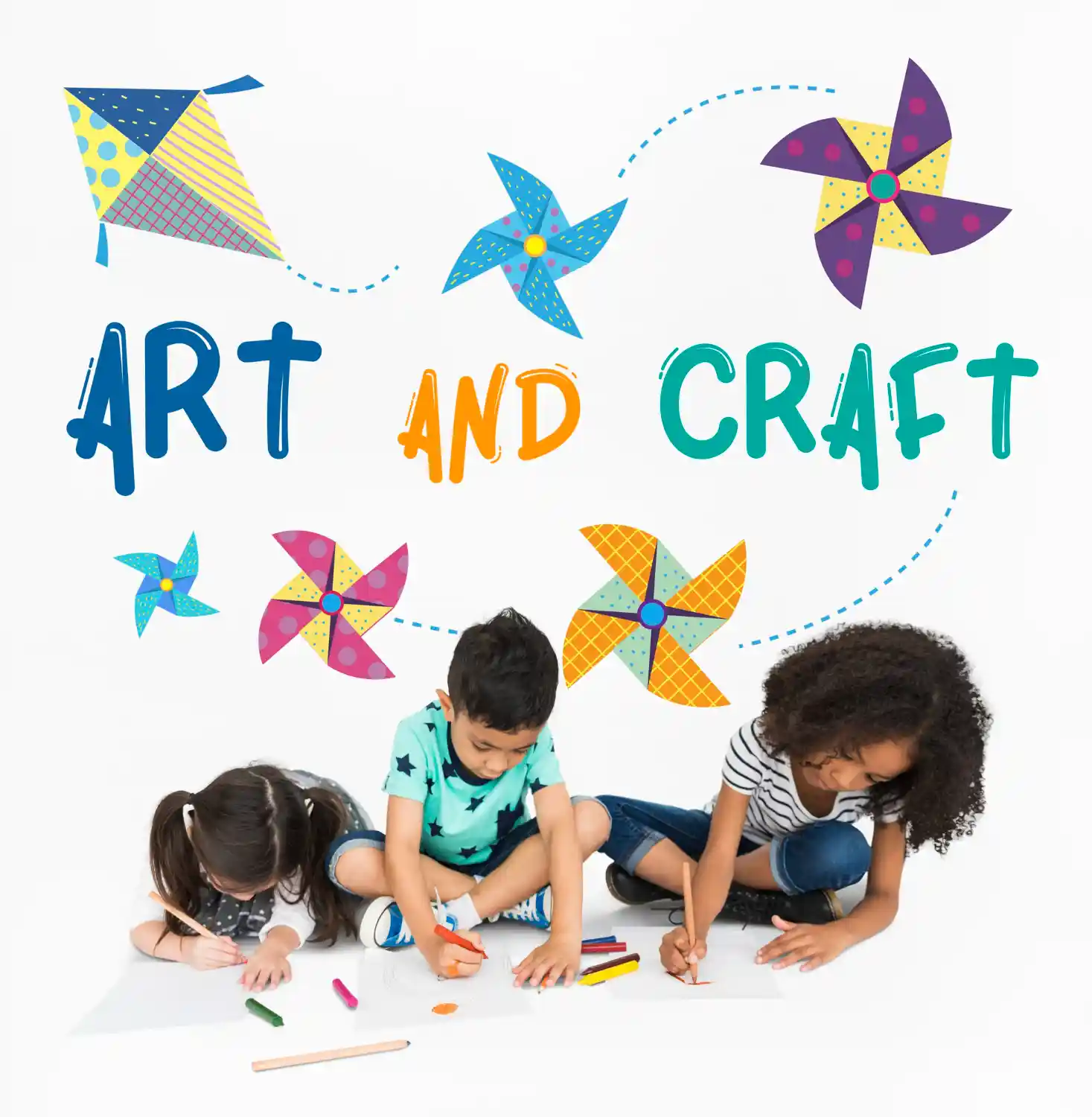Is Smooth Paper Good for Colored Pencils?
Smooth paper is a crucial element in the land of colored pencil artistry, playing a pivotal role in enhancing the vibrancy and precision of the medium. Artists and enthusiasts alike often find that the right paper texture which can significantly impact the final result of their colored pencil creations.
Smooth paper, with its sleek surface, provides an ideal foundation for colored pencils to glide effortlessly, allowing for seamless blending and layering of colors.
So, let’s dig into the relationship between smooth paper and colored pencils, unraveling the reasons behind the preference for this combination within the artistic community.
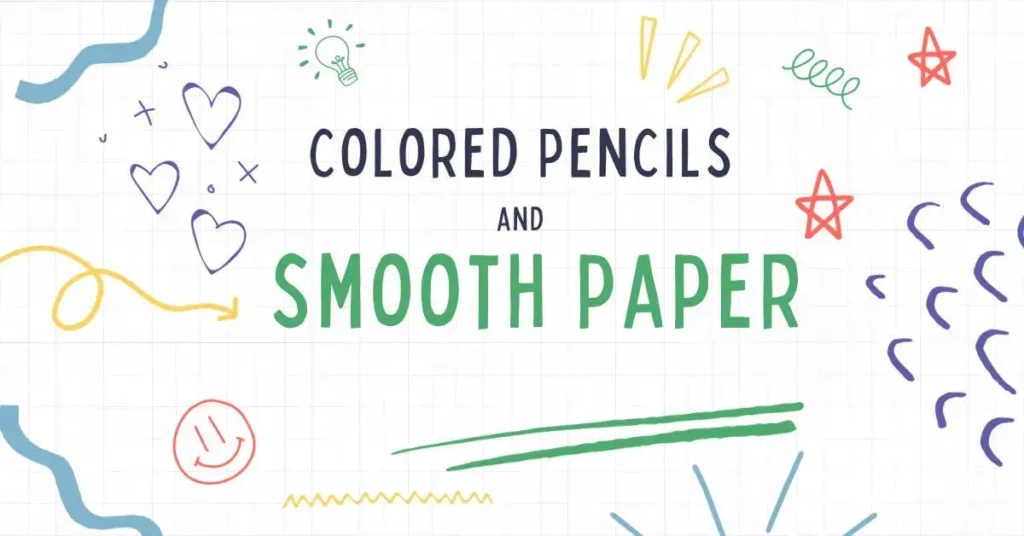
What Are the Advantages of Using Smooth Paper for Colored Pencils?
The following are the benefits of using smooth papers for colored pencils:
Effortless Gliding
Smooth paper allows colored pencils to glide effortlessly across the surface, facilitating a smoother and more controlled application of color.
Seamless Blending
The sleek texture of smooth paper promotes easy blending of colors, enabling artists to achieve a seamless transition between different hues. This is particularly beneficial for creating gradients and subtle transitions in shading.
Layering Precision
Colored pencils can be layered more precisely on smooth paper, allowing artists to build up colors gradually without the interference of paper texture. This is essential for achieving depth and richness in the artwork.
Detailed Rendering
The lack of texture in smooth paper provides an ideal canvas for intricate details. Artists can achieve fine lines and intricate patterns with precision, making it suitable for intricate and detailed drawings.
Color Preservation
Smooth paper minimizes the absorption of colored pencil pigments, preserving the true vibrancy and intensity of the colors. This ensures that the artwork maintains its visual appeal over time without dulling or fading.
Enhanced Realism
When working on realistic illustrations or portraiture, smooth paper allows for a more natural representation of textures and skin tones. The absence of texture interference enables artists to capture subtle nuances and details in their subjects.
Luminous Finish
Smooth paper contributes to a more luminous finish in colored pencil artworks. The colors appear more vibrant and reflective, enhancing the overall visual impact of the piece.
Suitability for Fine Art Techniques
Artists employing fine art techniques such as burnishing or layering multiple colors benefit from the smooth surface, as it provides a consistent foundation for these advanced methods, resulting in a polished and professional-looking final product.
Reduced Pencil Wear
The lack of friction on smooth paper reduces pencil wear and tear, allowing artists to use their colored pencils more efficiently and extend the life of their art supplies.
Versatility
Smooth paper is versatile and can be used for a variety of colored pencil styles, from highly detailed illustrations to more expressive and abstract creations. Its adaptability makes it a favored choice among artists exploring different genres within colored pencil art.
Is Smooth Paper Best for Realistic Portraits?
Smooth paper is indeed considered an excellent choice for creating realistic portraits with colored pencils. Several factors contribute to its suitability for this particular genre of art:
Detail and Precision
Smooth paper provides a flawless surface that allows artists to capture intricate details with utmost precision. When rendering facial features, such as fine lines, textures, and subtle expressions, the lack of texture interference enables artists to achieve a high level of realism.
Seamless Blending
Realistic portraits often require smooth transitions between different tones and shades. Smooth paper facilitates the seamless blending of colored pencils, enabling artists to create gradual color shifts and achieve a more lifelike representation of skin tones and facial contours.
Skin Texture Reproduction
Achieving the subtle textures of human skin, such as pores and smooth surfaces, is crucial in realistic portraiture. Smooth paper provides an ideal foundation for accurately reproducing these textures, allowing artists to create a convincing and natural-looking skin surface.
Fine Hair and Eyelash Detail
Smooth paper is conducive to rendering fine details like individual strands of hair and delicate eyelashes. Artists can use colored pencils with precision, ensuring that every strand is portrayed realistically without the interference of paper texture.
Reduced Graininess
Unlike textured papers which may result in a grainy appearance, smooth paper minimizes graininess in the final artwork. This is essential in realistic portraits, where a smooth and polished finish enhances the overall quality and professionalism of the piece.
Color Accuracy and Intensity
Smooth paper minimizes color absorption, preserving the true vibrancy and intensity of the colored pencils. This is particularly advantageous when aiming for accurate skin tones and subtle color variations in realistic portraiture.
Facilitation of Layering Techniques
Realistic portraits often involve layering multiple colors to achieve depth and dimension. Smooth paper allows for precise layering without the interference of texture, enabling artists to build up colors gradually and create a more nuanced and realistic portrayal.
What is the Difference Between Smooth Paper and Vellum Paper?
The primary difference between smooth and vellum paper lies in their textures, which can significantly impact the outcome of various artistic endeavors.
Smooth Paper
Smooth paper, as the name suggests, has a sleek and even surface. It lacks the raised fibers or textures found in other types of paper.
This characteristic makes it ideal for applications where a clean and polished finish is desired. Smooth paper is commonly favored for detailed drawings, fine lines, and artworks where precise control over the medium is essential.
It is often preferred for graphite, colored pencil, and ink drawings, as well as for printing.
Vellum Paper
Vellum paper, on the other hand, has a slightly textured surface. The texture is typically finer and more subtle compared to heavily textured papers, but it provides a noticeable difference when compared to completely smooth paper.
Vellum paper is versatile and can be used for a variety of artistic purposes. It is often chosen for projects that benefit from a bit of texture, such as charcoal drawings, pastel work, and certain types of printmaking.
Vellum paper can add a tactile and visual dimension to the artwork, enhancing the overall aesthetic.
Conclusion
In conclusion, the use of smooth paper for colored pencils proves to be an advantageous choice for artists seeking precision and vibrancy in their creations. The sleek surface facilitates effortless gliding, seamless blending, and detailed rendering, enhancing the overall quality of colored pencil artwork.
The preservation of color integrity and the luminous finish further contribute to the appeal of smooth paper in achieving realistic and visually striking results.
As artists continue to explore and innovate, the symbiotic relationship between smooth paper and colored pencils remains a cornerstone for achieving excellence in this captivating medium.
FAQs
Here are some frequently asked questions related to smooth paper and its performance:
Is it better to draw on smooth paper?
Drawing on smooth paper is advantageous, offering precise lines, seamless blending, and enhanced color vibrancy for a polished and professional finish.
What is smooth paper for?
Smooth paper is ideal for detailed drawings, precise lines, and vibrant color application, ensuring a polished finish for various artworks.
Is watercolor paper smooth?
Watercolor paper varies in texture; some are smooth, allowing for fine details, while others have texture for watercolor techniques.
Is smooth paper good for pencil drawing?
Smooth paper is excellent for pencil drawing, providing a sleek surface for precise lines, detailed shading, and smooth blending techniques.

